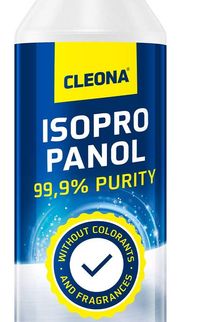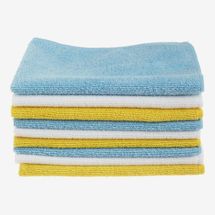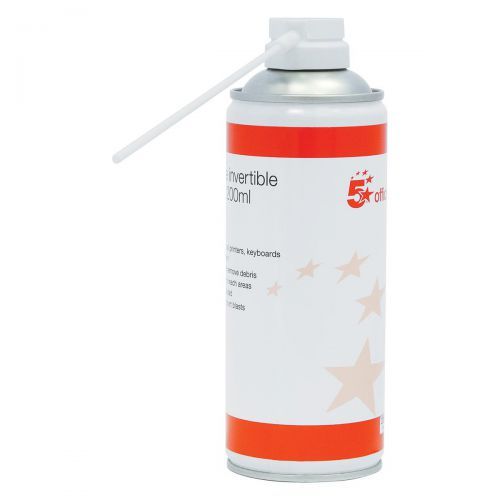
A version of this story originally appeared on the Strategist US.
In 2012, scientists at the University of Arizona discovered that most mobile phones carry ten times more bacteria than toilet seats. And that was eight years ago. Considering how much more of our lives are now conducted on our phones, we doubt they’ve become less filthy since that study came out. And now with the coronavirus outbreak bringing increased attention to germs —especially hand hygiene and stopping the spread of germs while we travel — it makes the cleanliness of our phones, laptops, tablets, and other devices even more important.
Amesh Adalja, a senior scholar at the Johns Hopkins University Center for Health Security and a spokesperson for the Infectious Diseases Society of America, says that, while our phones are far from sterile, they’re not a main culprit in spreading disease. He explains most respiratory viruses, including the novel coronavirus, are spread predominantly through coughs and sneezes, although if respiratory droplets do land on your phone, the virus can live on the surface. Therefore, Adalja says it’s not a bad idea to sanitize your phone once or twice a day, especially during cold and flu season or if you share any equipment with others. It’s even more important, however, to keep washing your hands regularly. Otherwise you’re just recontaminating your phone as soon as you tap the screen. Here are three cleaning experts on what they use to sanitize their phones and other gadgets.
Best for cleaning screens
New! You can now save this product for later.
New! You can now save this product for later.
Anna Harasim, founder of Anna’s Cleaning Service, uses a mixture of half-water and half-alcohol on a microfibre cloth to wipe down cell phones and computer screens. Microfibre cloths don’t leave streaks or residue and won’t scratch, making them ideal for delicate screens. They’re also a top pick among experts for dusting. Harasim recommends keeping a separate stash of cloths just for your electronics to avoid cross contamination. Adalja agrees that alcohol-based cleaners, as long as they’re safe for use on electronics, are best for killing germs.
New! You can now save this product for later.
While they’re hard to find right now amid the coronavirus panic, Reuven Noiman, owner of NYC Steam Cleaning, says any disinfecting wipes, like Dettol, are also effective in cleaning cell phone screens. In a pinch, he says you can also use hand sanitiser (the CDC recommends any formula that’s at least 60 percent alcohol). If you can’t find any, you can always make your own with alcohol and aloe vera.
New! You can now save this product for later.
Both Harasim and Noiman say UV-light sanitizers are effective for cleaning phones. “It’s better than wiping it all the time,” says Harasim, who likes that you can simply drop your phone inside a sanitizer for a few seconds instead of going through the whole wiping-down process. She says it’s a good idea to use the device upon arriving home each day to get rid of any outside grime you picked up on the subway or wherever else you’ve been.
Best for cleaning keyboards
New! You can now save this product for later.
New! You can now save this product for later.
The cleaning agents above can be used to disinfect your laptop keyboard, but you’ll need some more specialized “tools” to get in between the keys. Harasim recommends dipping cotton buds or a toothbrush in your water-alcohol mix to clean all of those hard-to-reach surfaces on your keyboard. Noiman suggests you make sure your computer is off while you’re cleaning it as you’re likely to hit a number of keys in the process.
New! You can now save this product for later.
Harasim has an easy hack for cleaning up crumbs from your laptop keyboard: Simply fold a sticky note in half, with the sticky side facing out, and run it in between the keys.
New! You can now save this product for later.
Finally, Harasim says you can use a compressed-air duster to blast away any debris between the keys. Like the Post-it note method, it won’t sanitize your computer but it will remove visible particles and dust.
The Strategist UK is designed to surface the most useful, expert recommendations for things to buy across the vast e-commerce landscape. Read about who we are and what we do here. Our editors update links when possible, but note that deals can expire and all prices are subject to change.







